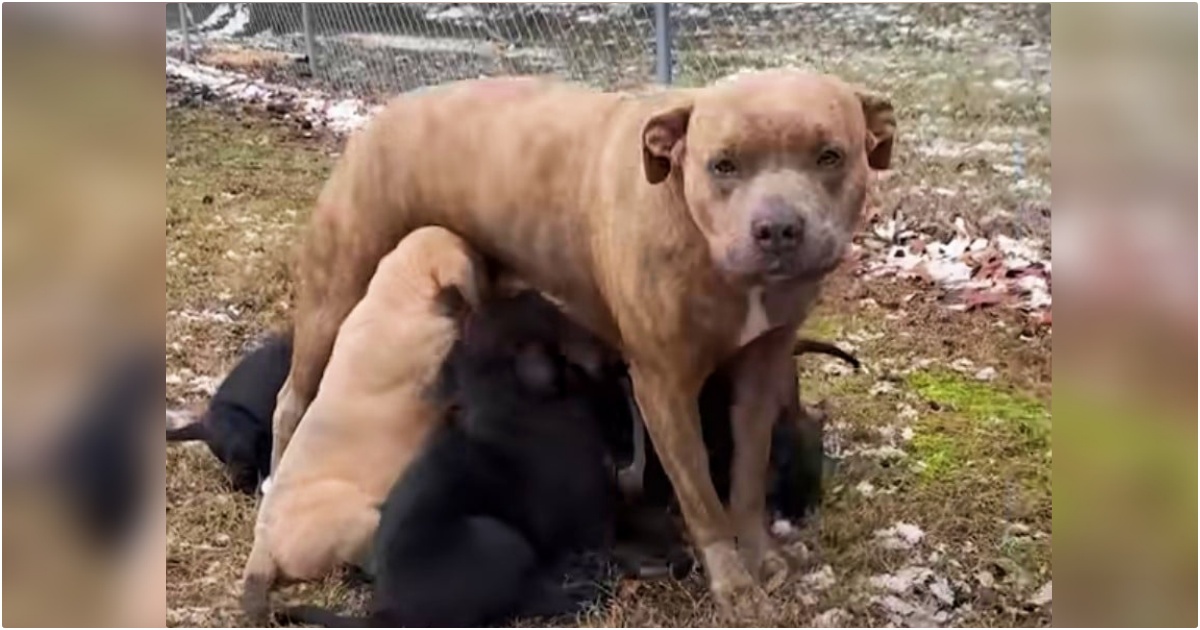Howling reflects dogs’ long-range communication instinct, passed down through their ancestral ties to wolves.
Getty Images
Dogs have a remarkable ability to communicate through a variety of sounds, or vocalizations. Because each vocalization conveys a specific message or emotion, understanding the meaning behind different vocalizations can help owners address their pets’ needs more effectively, leading to a stronger bond and a happier, healthier dog.
Harmony Diers, a manager for the Dog Aging Project at the Texas A&M School of Veterinary Medicine and Biomedical Sciences, explains how to interpret our furry friends’ communication tactics and offers advice on when to seek professional help based on what they’re communicating.
A dog’s vocalizations can be categorized into distinct types, such as barking, whining, and howling, but there are many factors that contribute to what a dog is trying to convey.
“Deciphering what dogs are trying to communicate with a particular vocalization depends on the tone of their communication, their body language, environmental factors, health, level of comfort, and emotion, such as stress, fear, or hunger,” Diers said.
Diers encourages owners to understand the common reasons behind each type of vocalization so that if there are any significant or persistent changes in a dog’s vocalization patterns, they can schedule an appointment with a veterinarian, behaviorist, or trainer, who can provide guidance on how to address the underlying reasons for the sound and develop a plan to manage it effectively.
Types of Vocalizations
Barking is perhaps the most common category of dog vocalization, serving various purposes.
“Emotions can be expressed through barking, whether it is a higher-pitched bark for excitement, a repetitive and monotone bark for boredom, a sharp and intense bark to alert you of a sound or sight, or a short, quick bark directed at another dog as a way to say ‘stop it!’” Diers explained. “Yet, for example, if a dog is barking from anxiety, which often sounds high pitched and increases in frequency, veterinary or behavioral intervention may be necessary to address the underlying cause.”
Other common categories of vocalization include whining and sighing or groaning.
“Dogs use whining to express specific needs, such as to go outside to relieve themselves, a desire to play, or feelings of hunger, unhappiness, pain, anxiety, or excitement,” Diers said. “Sighing or groaning can happen when a dog is settling down to rest or being petted, but it can also be a sign of disappointment, such as when it is not mealtime yet or they’re not getting to go for a walk when they want.”
Diers pointed out, however, that dogs also can whine, groan, or even yelp when they are experiencing pain or discomfort. If an owner suspects their dog is exhibiting these sounds because of a medical concern, they should consult with a veterinarian to identify and address the source of the potential issue.
Howling, on the other hand, is a distinctive and long vocalization, often transitioning from a low to high pitch, that reflects their long-range communication instinct passed down through their ancestral ties to wolves.
“Howling can be a response to external sounds – such as sirens, music, or other dogs’ barking – or used when claiming territory, communicating to a pack or family members, or alleviating feelings of isolation,” Diers explained. “Some dogs even howl along with their owners.”
Interpreting Body Language
In addition to vocalizations, dogs communicate through a combination of body postures, facial expressions, and tail movements. Owners should observe these cues together with any vocalization so that they may better understand what their dog is trying to say.
“A barking dog with a wagging tail and relaxed ears and face may be happy and barking from excitement, while a barking dog that is standing stiff with ears at attention may indicate they feel threatened,” Diers said.
Paying close attention to these cues can be especially helpful when determining the reason behind a dog’s growling, a form of defensive behavior for dogs.
“Though they can growl while playing, dogs tend to use growling when they are fearful, upset, sensing a warning or threat, or protecting their territory,” Diers said.
Growling can be seen as a negative behavior, but it is an important form of communication that can help prevent potentially dangerous situations, such as a bite, by signaling to others to stay back or indicating a personal boundary has been crossed.
Even though it can be a complex process to understand what a dog is trying to communicate through their vocalizations, considering the type of vocalization, their body language, and surrounding environment can help owners gain valuable insights into their pet’s needs and emotions.





